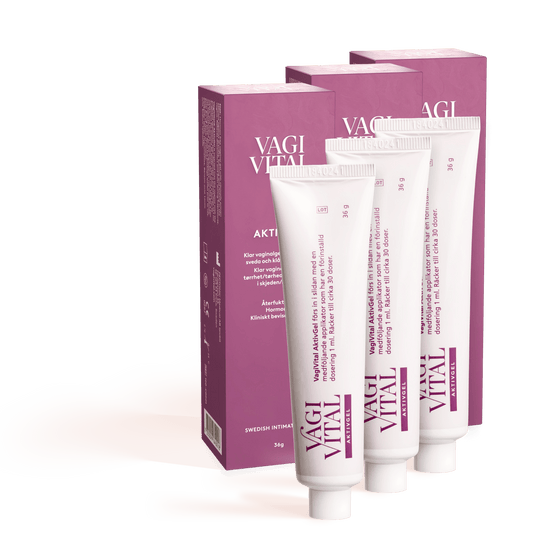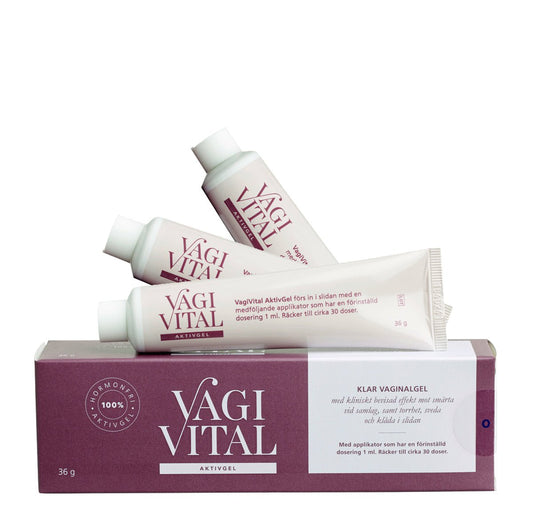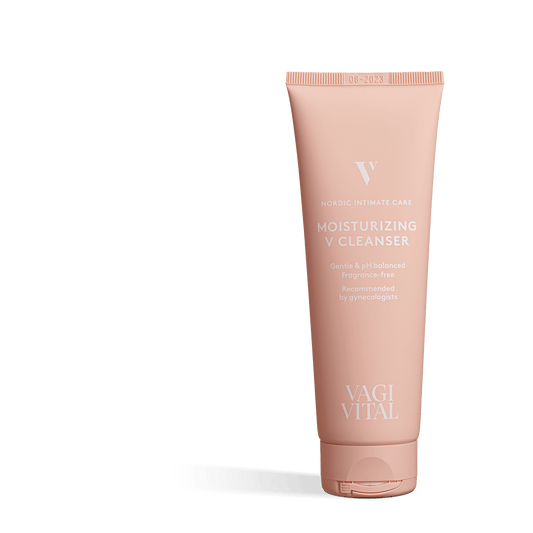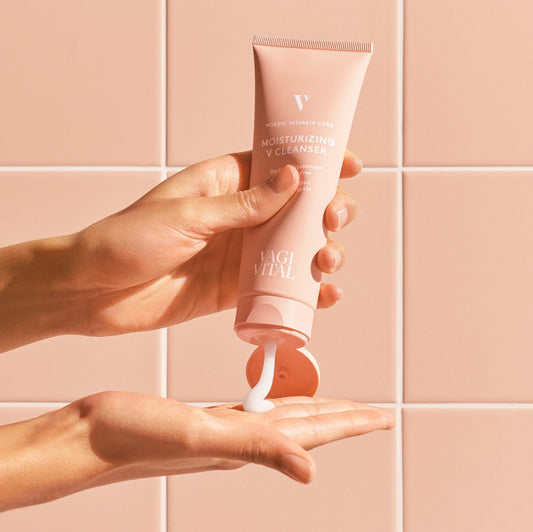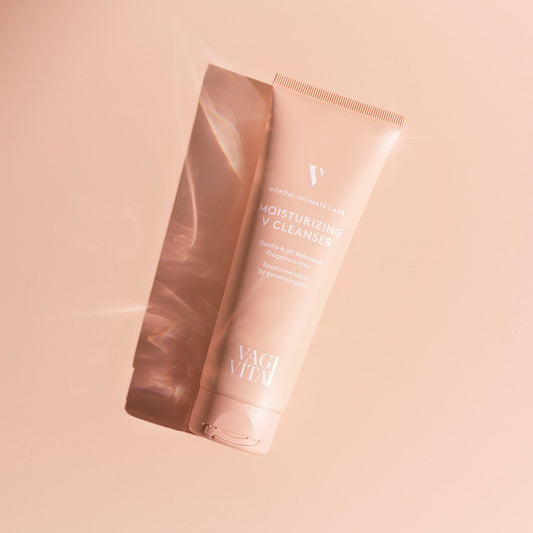How to know if you are leaking amniotic fluid
In American movies, labor almost always starts with a pregnant woman panicking and exclaiming "Oh no, my water broke!" followed by a gush of water. In reality, however, only about 10–15% of all labors start with the water breaking, and it does not always come like a Niagara Falls. Sometimes it is just a small leak.
When I was pregnant with my first child, labor started with my water breaking. There was no doubt about it as it literally was like a water balloon bursting. I was completely unprepared and behaved roughly like the shocked pregnant woman in an American movie. After that experience, I made sure to prepare better, so much so that I trained as a childbirth educator and also started working as a doula (birth support woman). My newfound hobby, "giving birth," then led to me having three more wonderful kids❤️.
"How do I know if my water has broken?" was one of the most common questions I received during my childbirth preparation courses. The answer to that question is that it usually comes with a lot of amniotic fluid à la "Oh no, my water broke" and is impossible to miss, but sometimes it is only a small leak which can be hard to identify. I used to then tell my course participants that amniotic fluid can actually have the same smell as semen (yep!). This is because both amniotic fluid and semen contain amines, which can give a similar scent. It can sometimes be tricky to know what the moisture in the underwear is due to. Of course, there is no doubt if it comes like a water balloon burst, but during the last part of pregnancy, a little urinary leakage (because the baby is pressing) as well as increased discharge is not uncommon. So how do you know what is what?
SIGNS OF AMNIOTIC FLUID LEAKAGE
In about 10% of full-term pregnancies, the water breaks spontaneously before contractions begin. In cases of premature water breaking, before week 37, it occurs in 2–4% of singleton pregnancies and 7–20% of twin pregnancies. It is usually noticed by a large or steady flow of fluid, making it easy to detect. But sometimes the amniotic fluid leakage can be sparse or come and go, making it harder to notice.
Other possible causes of fluid can be normal discharge, bacterial vaginosis, cervical mucus, or urinary leakage. As many as 30–40% of pregnant women experience urinary leakage late in pregnancy, which can be mistaken for amniotic fluid leakage.
RISKS OF UNDIAGNOSED WATER BREAKING
If water breaking is not detected, it can lead to infections that spread upward from the vagina to the uterus. This can cause complications for both mother and child, including infections in the uterus or placenta, fever, sepsis in the mother, and pneumonia in the child. On the other hand, a false positive diagnosis can lead to unnecessary medical interventions such as hospitalization, antibiotic treatment, or induction of labor.
VAGIVITAL AL SELF-TEST – A SIMPLE SOLUTION
VagiVital AL Self-test is a pad/liner that helps detect amniotic fluid leakage. It contains a polymer-embedded strip that changes color from yellow to blue or green when amniotic fluid is detected. The test is designed to detect even very small amounts of amniotic fluid and can be used from pregnancy week 16.
When the pad feels wet, it is removed and the result is read after 15 minutes. In case of urine leakage, the strip remains yellow. Clinical studies show that the test has high reliability with a sensitivity of 97.06% and a specificity of 96.92%.

Buy VagiVital AL for amniotic fluid leakage here!
FALSE POSITIVE RESULT
The VagiVital AL Self-test can give false positive results in bacterial vaginosis, as pH levels are also high. Pregnant women with bacterial vaginosis should be treated with antibiotics to reduce the risk of premature rupture of membranes, so a positive test result can still lead to necessary treatment. The test should not be used during bleeding or blood-stained discharge/water break, or within 12 hours after vaginal intercourse, as this can affect the result.

Buy our self-test for bacterial vaginosis with 92% accuracy and immediate results here!
QUESTIONS & ANSWERS ABOUT THE AL SELF-TEST FOR AMNIOTIC FLUID LEAKAGE
Question: How does the VagiVital AL pad work?
Answer: The VagiVital AL pad changes color immediately upon contact with amniotic fluid. When receptors in the pad come into contact with amniotic fluid, it changes color to blue and/or green. This coloration remains stable after 15 minutes of drying time. The positive blue-green color change creates a darker spot that can be easily observed against the yellow background.
Question: How long should I use VagiVital AL?
Answer: Use the VagiVital AL pad until you feel it becomes wet. A pad is used for a maximum of 12 hours, then change to a new one. Each package contains 5 pads.
Question: When should I use VagiVital AL?
Answer: Use VagiVital AL when you feel unidentified moisture in your underwear during pregnancy or if your doctor or midwife suspects you may have a higher than normal risk of amniotic fluid leakage.
Question: Can the VagiVital AL pad replace a medical examination?
Answer: The test allows detection of amniotic fluid leakage in cases where a doctor is not present. It is designed for home monitoring as well as continuous monitoring over a longer period. Regardless, we recommend that you always stay in contact with your midwife or doctor for this type of problem.

Remember, it is always best to consult your midwife clinic/maternity ward if you are unsure about your symptoms or if you suspect you are leaking amniotic fluid.
Take care of yourself & Stay Pussytive❤️
/Fanny Falkman Grinndal
Business Manager Nordics
Peptonic Medical AB
fanny.falkman-grinndal@peptonicmedical.se
Recommended products for you
- Choosing a selection results in a full page refresh.
- Opens in a new window.


